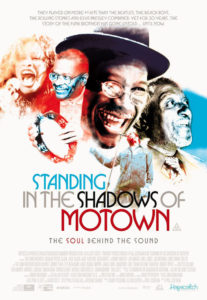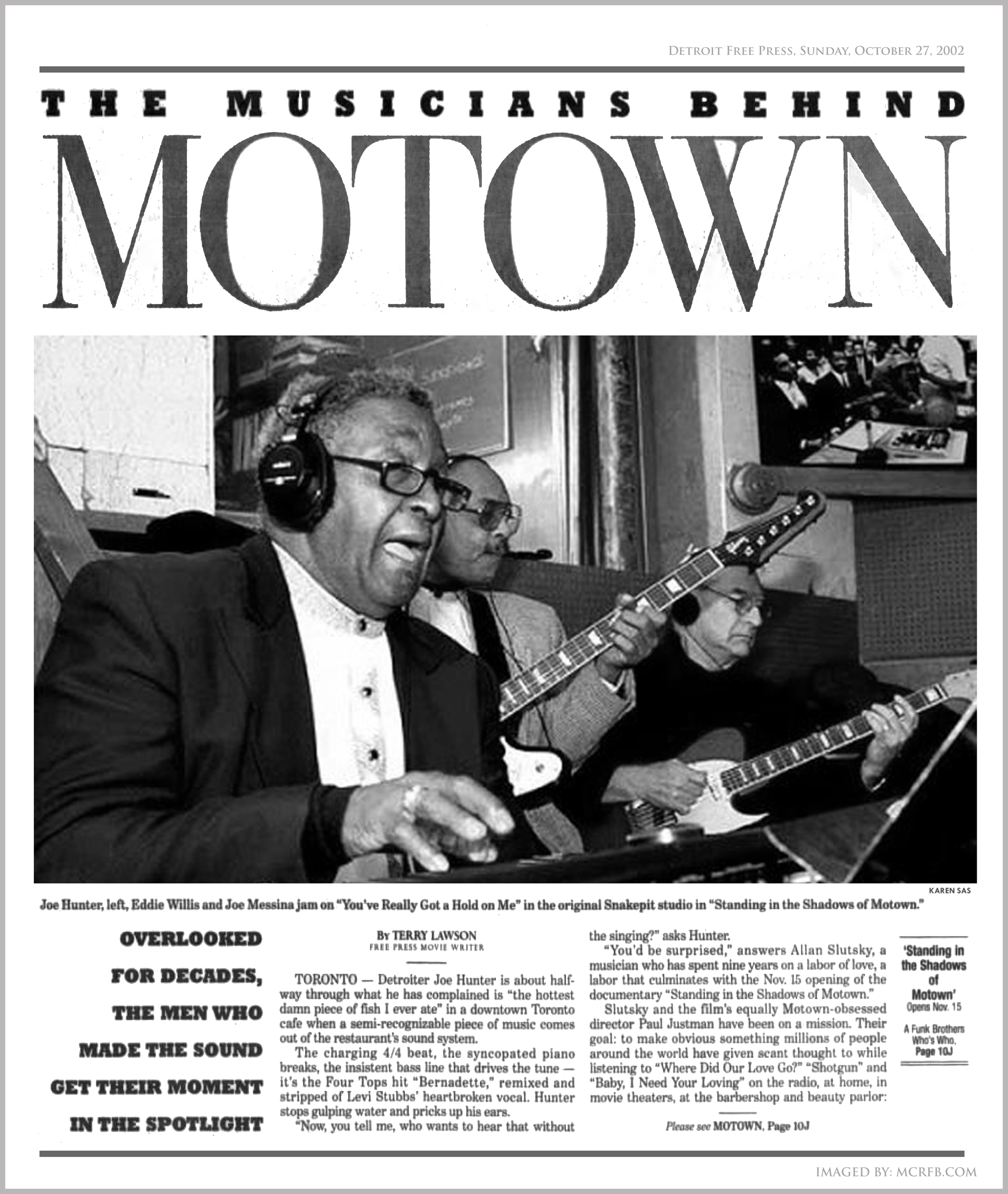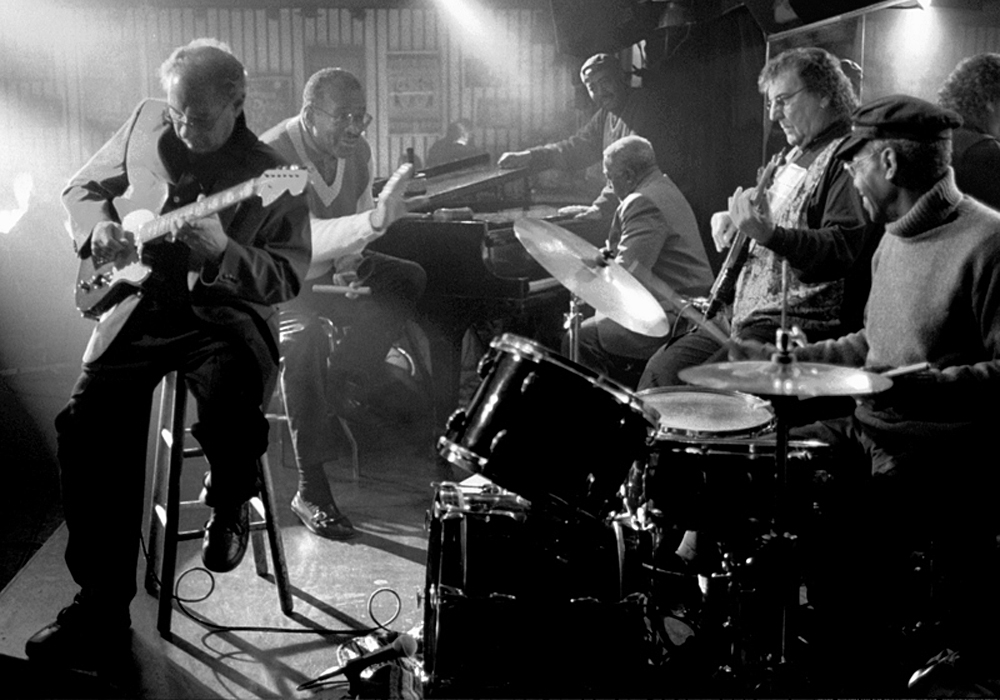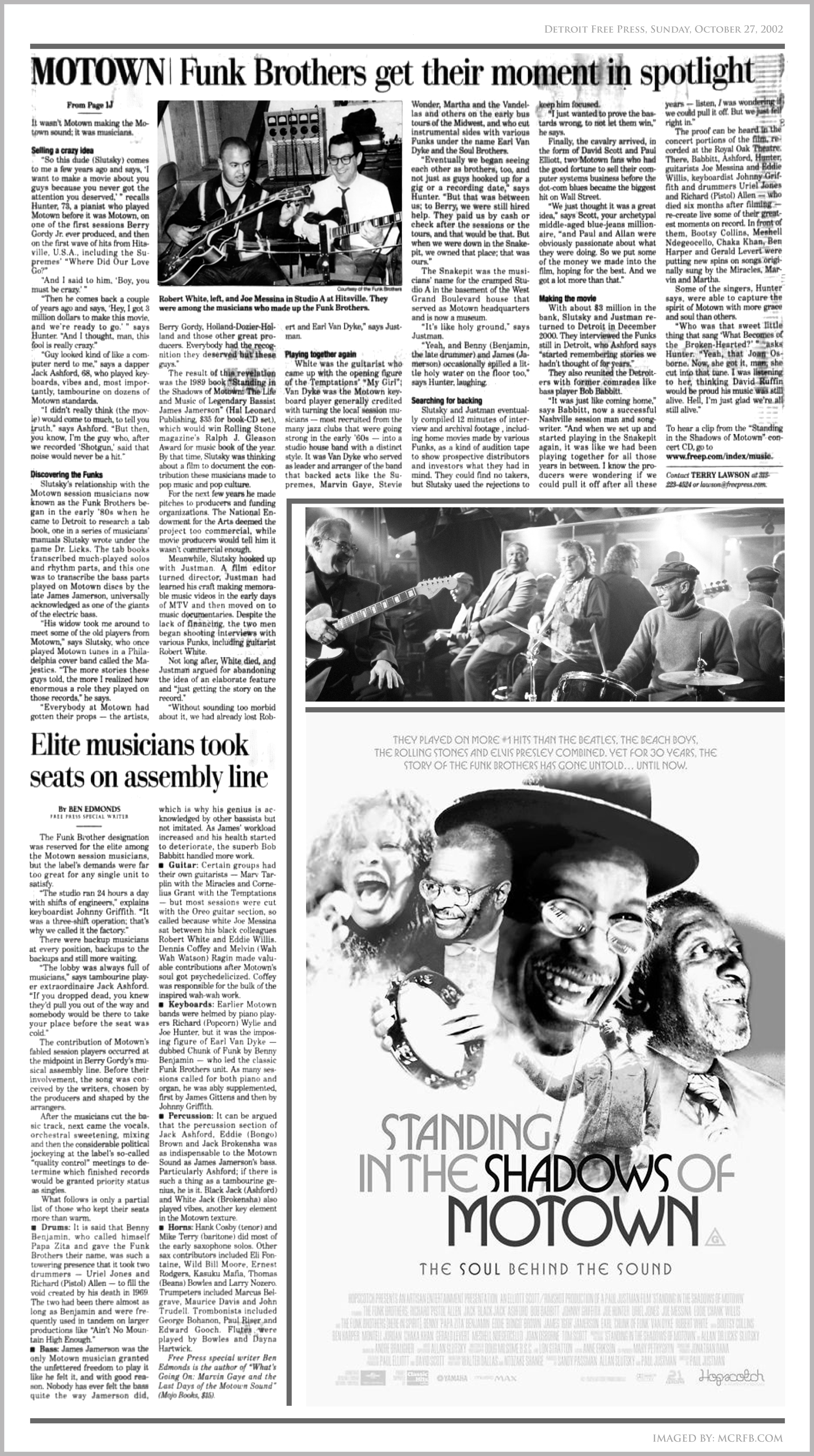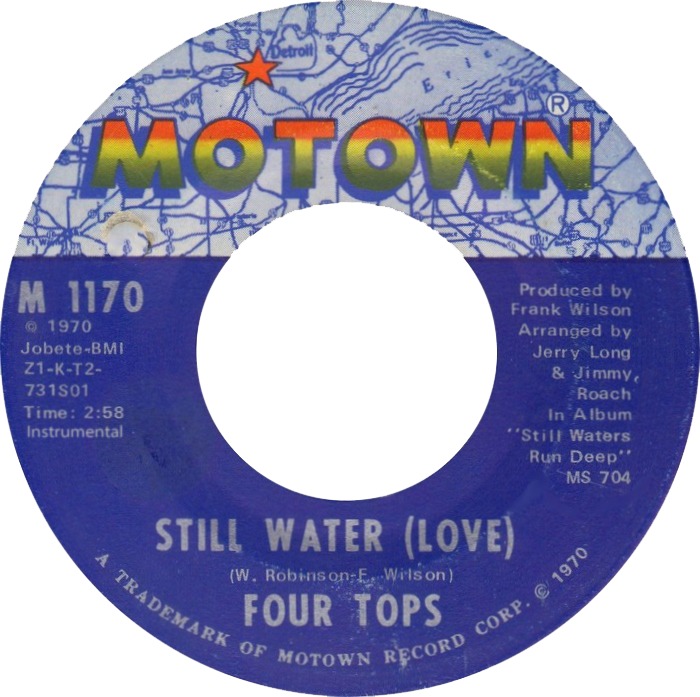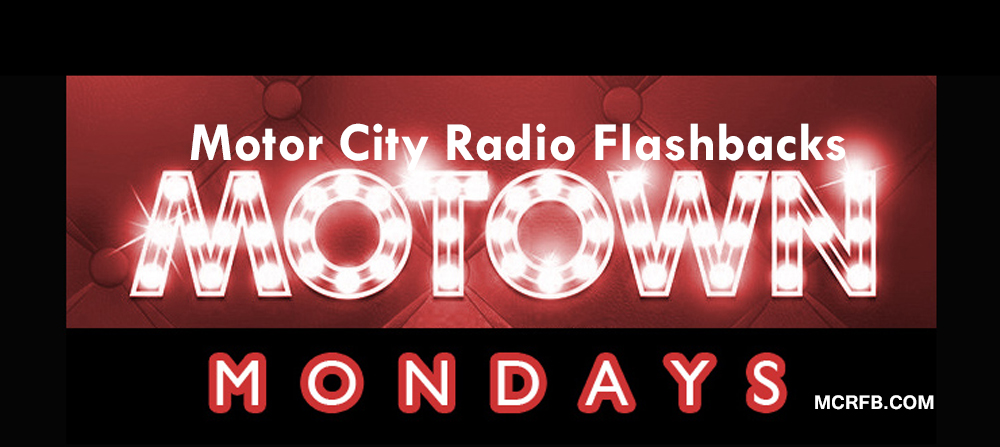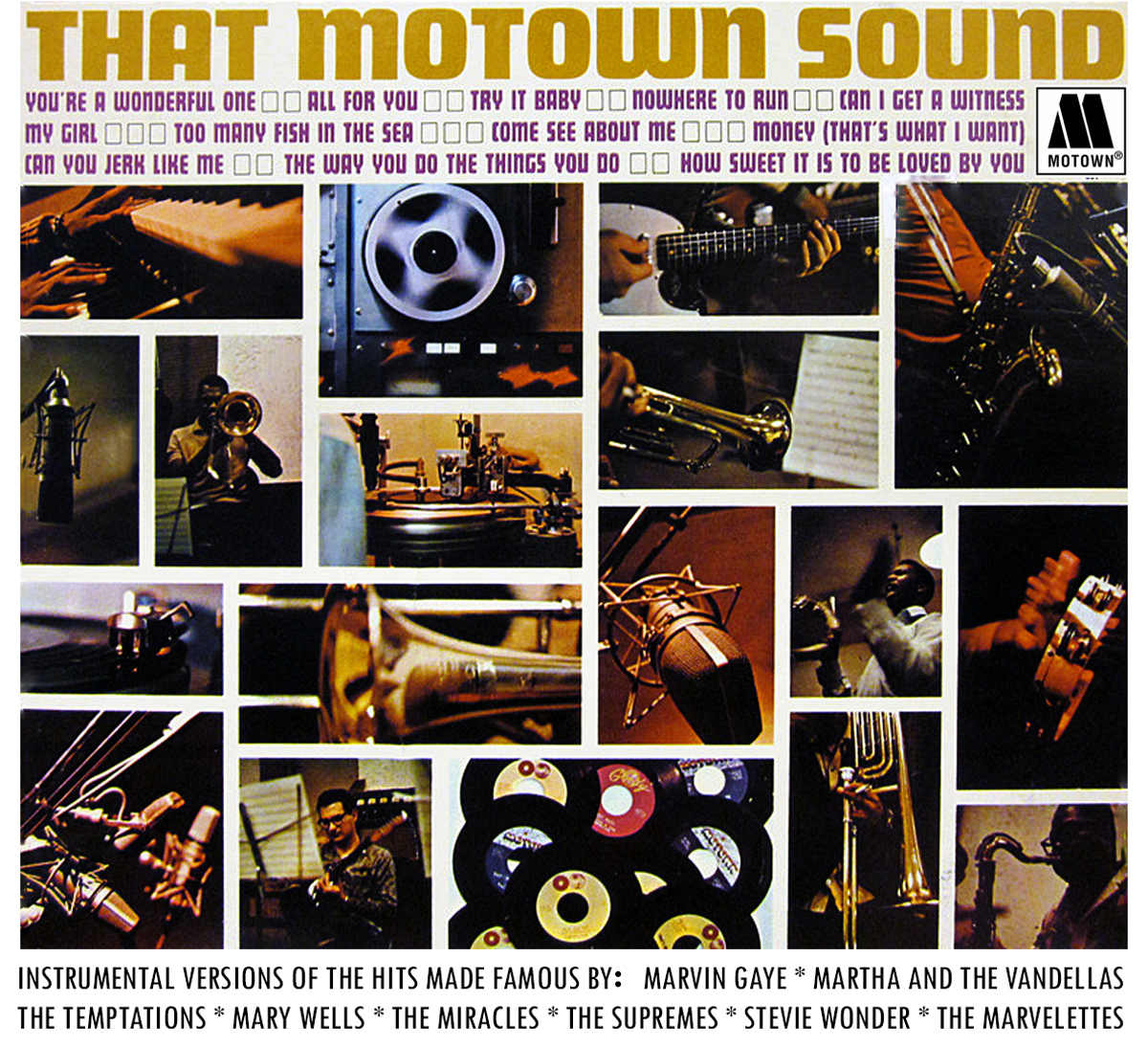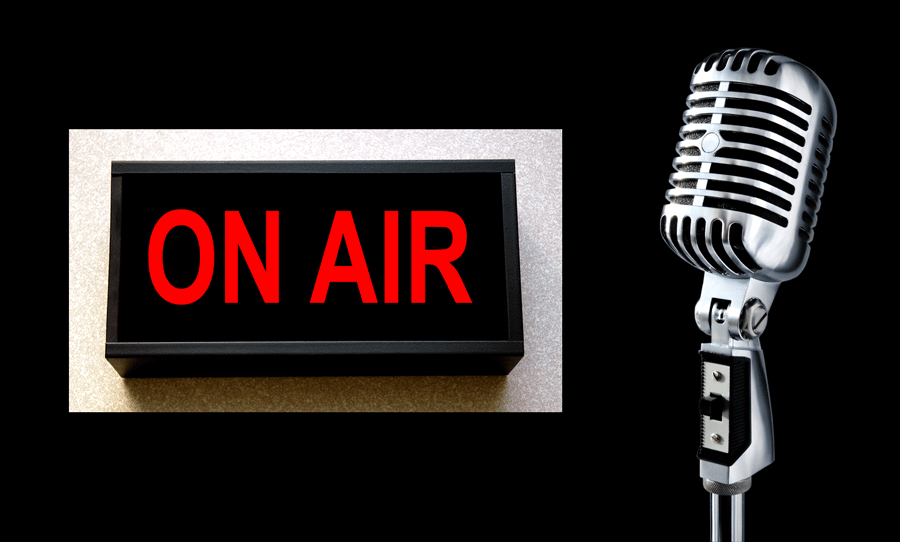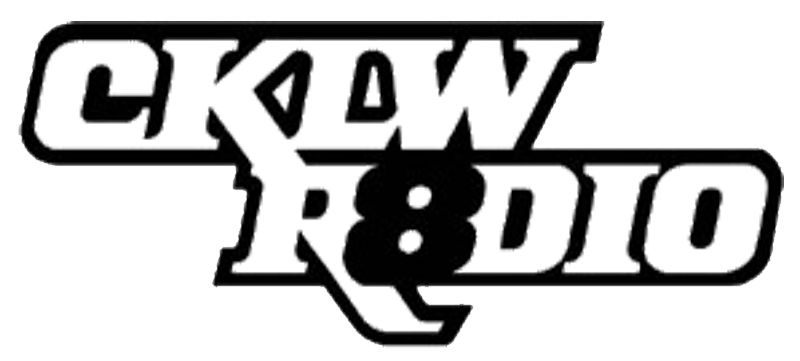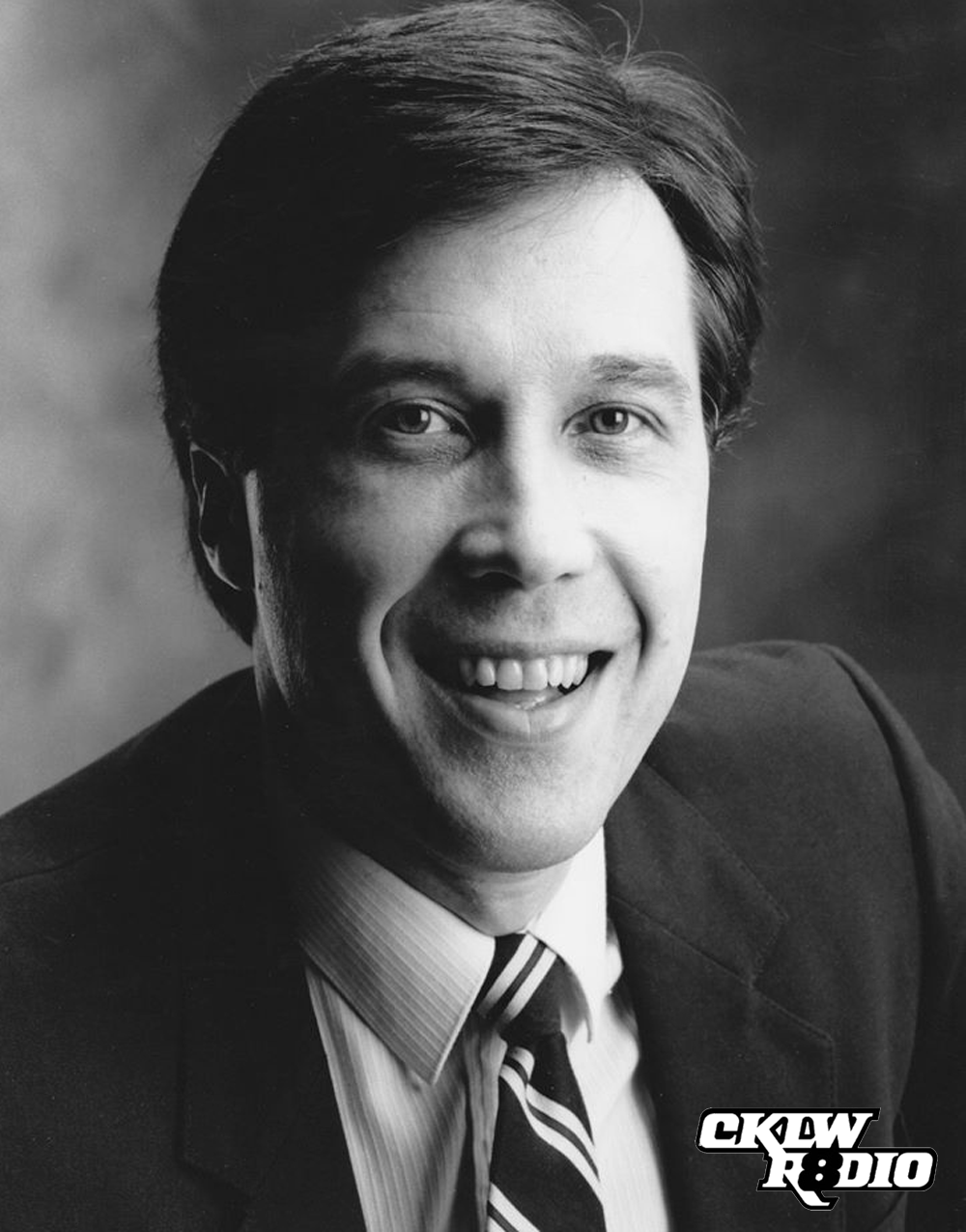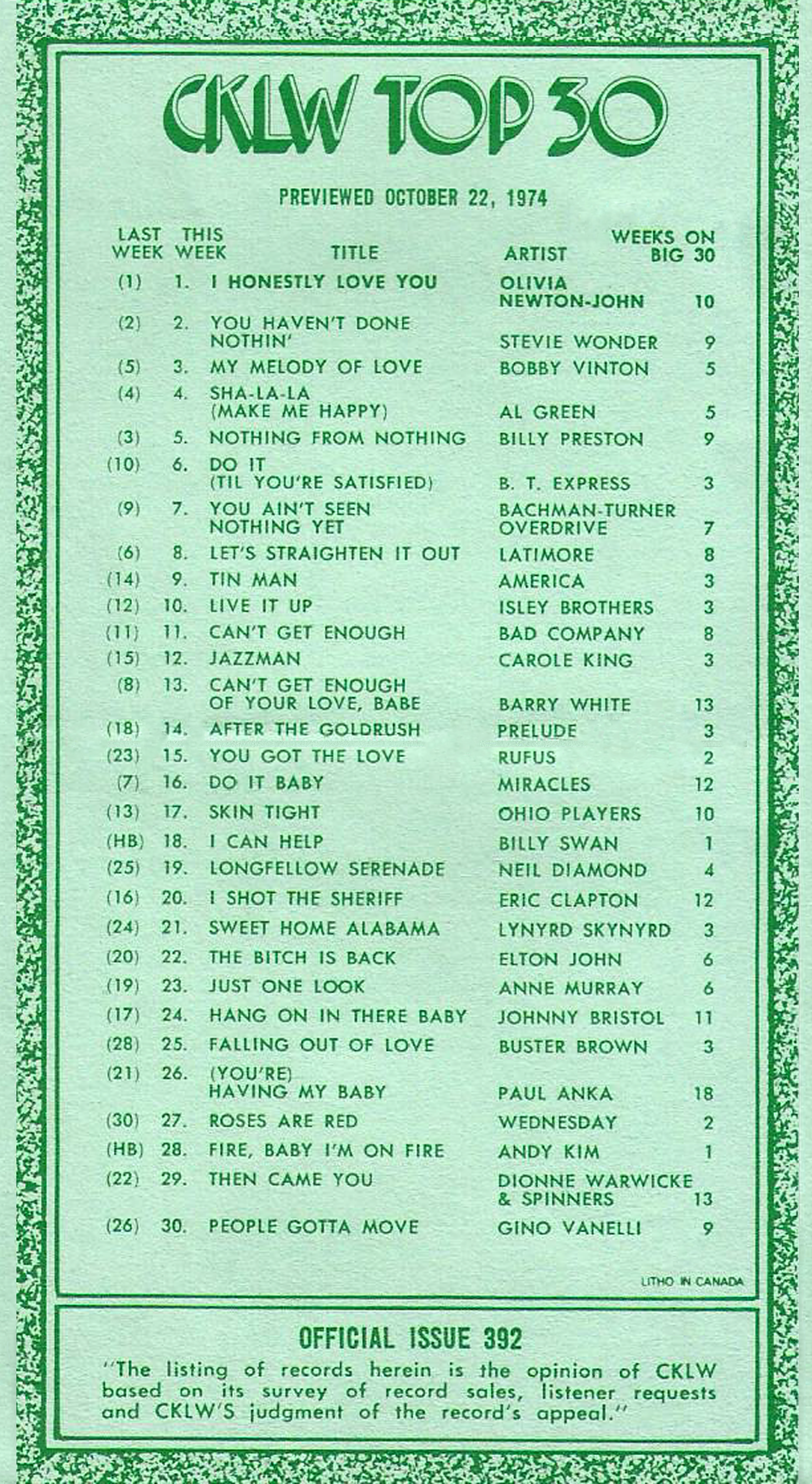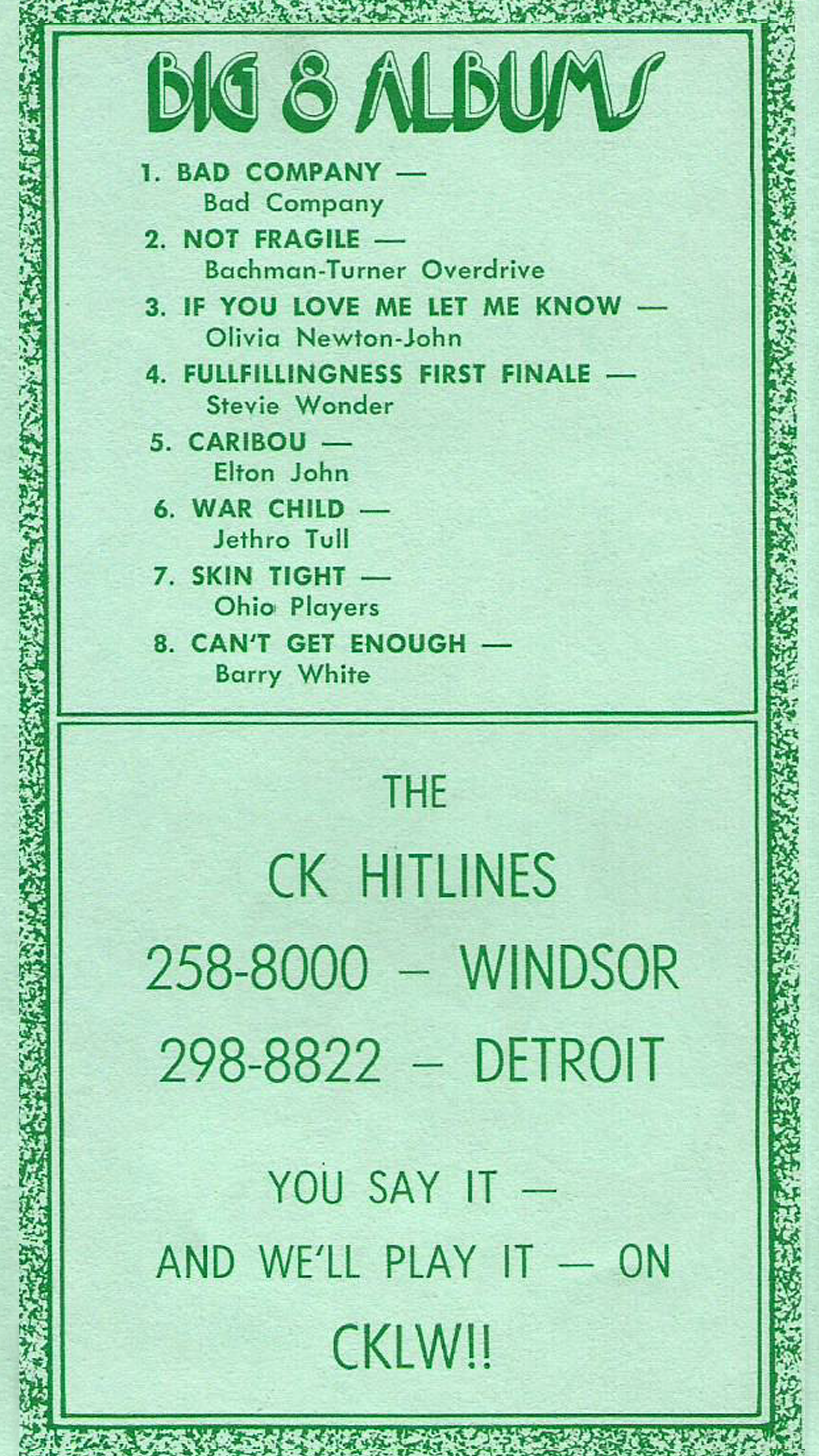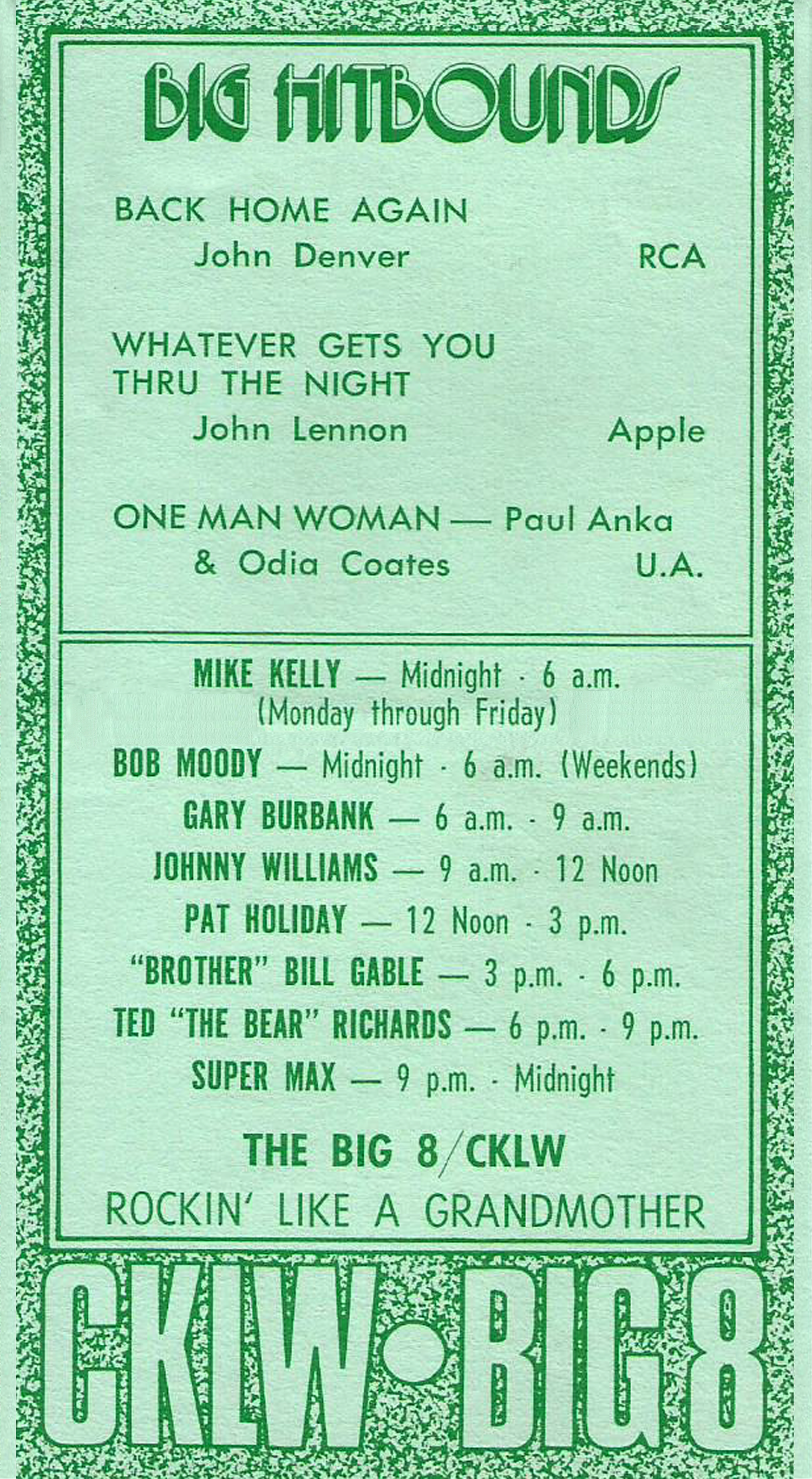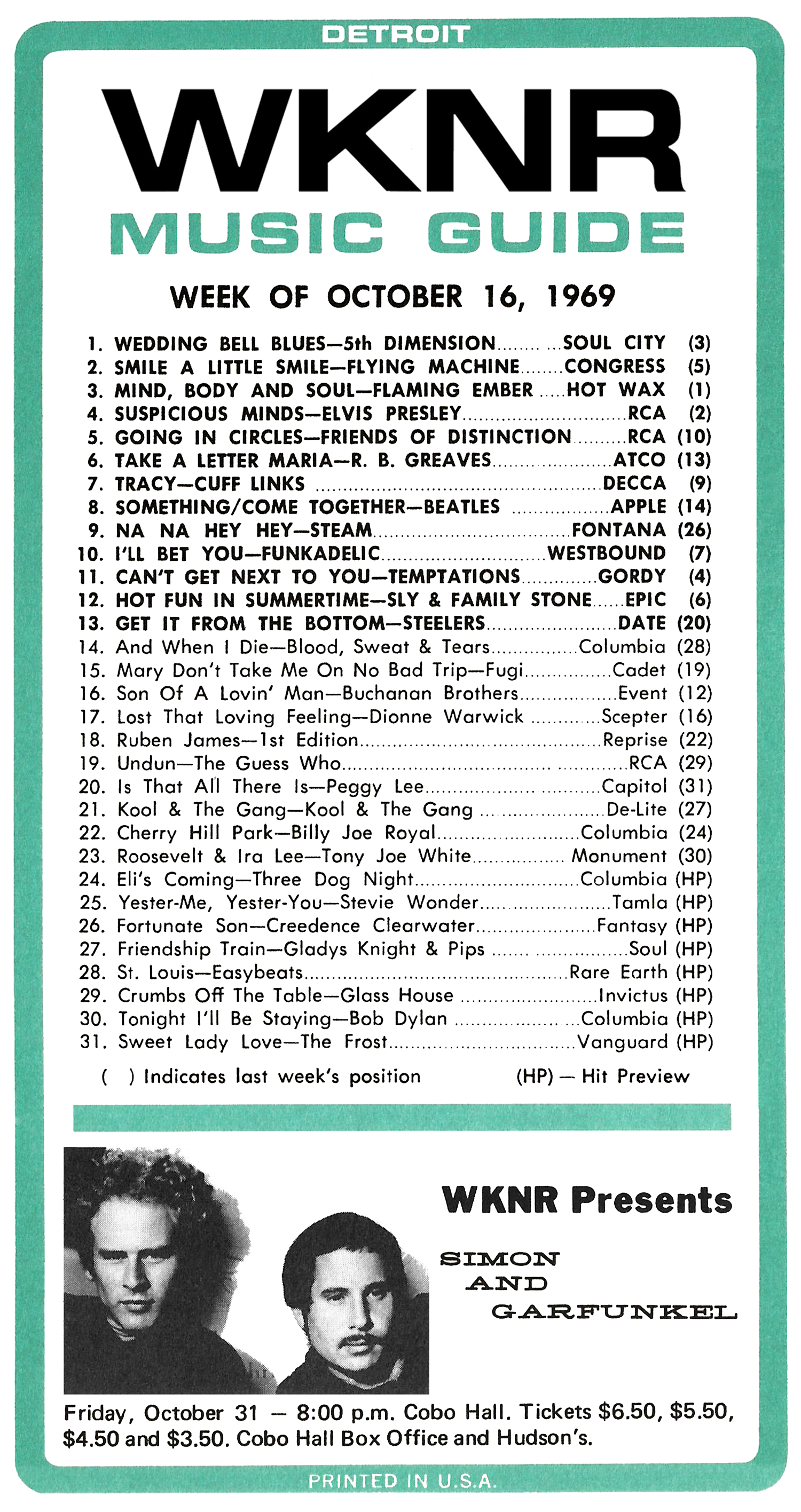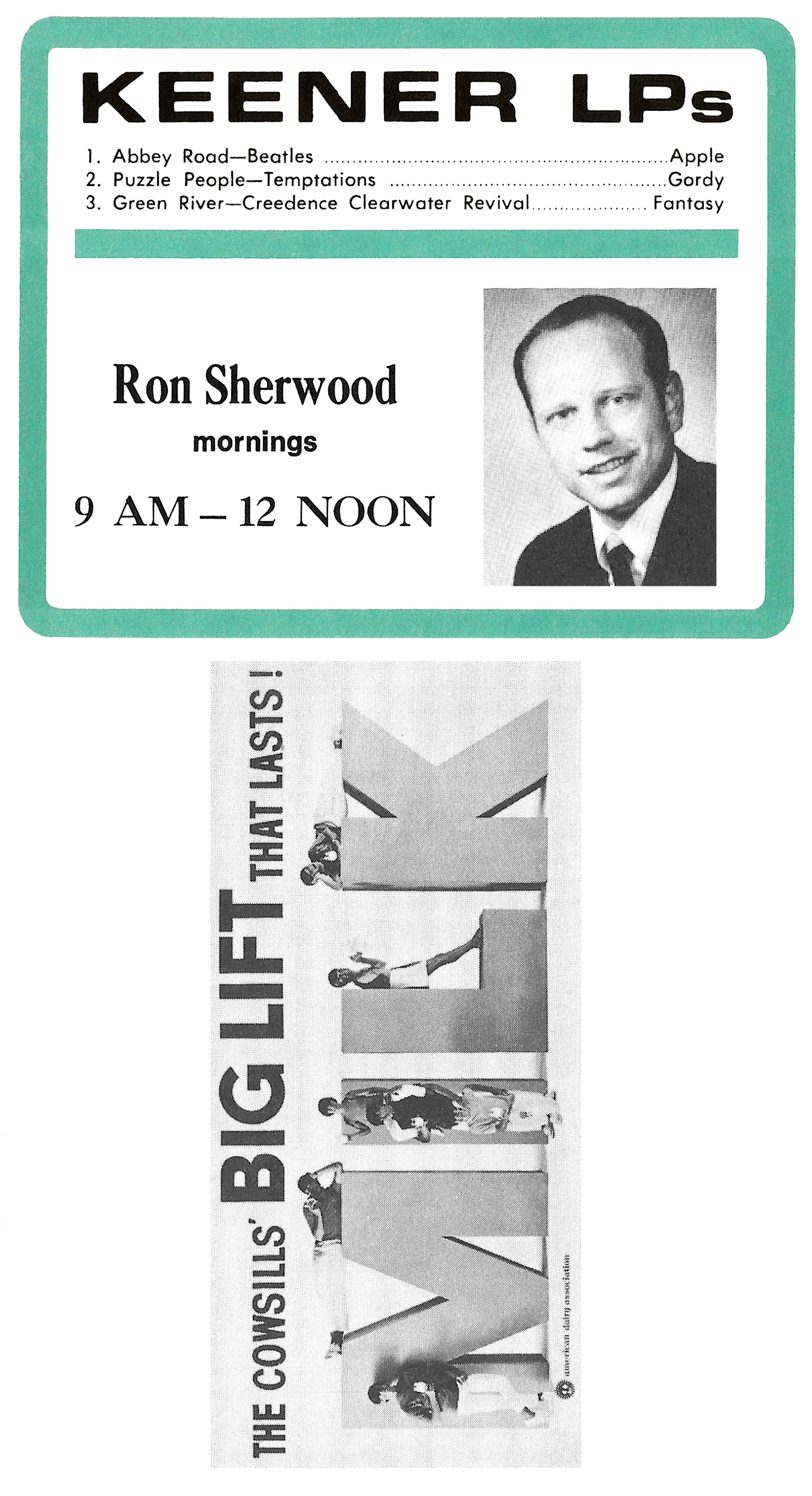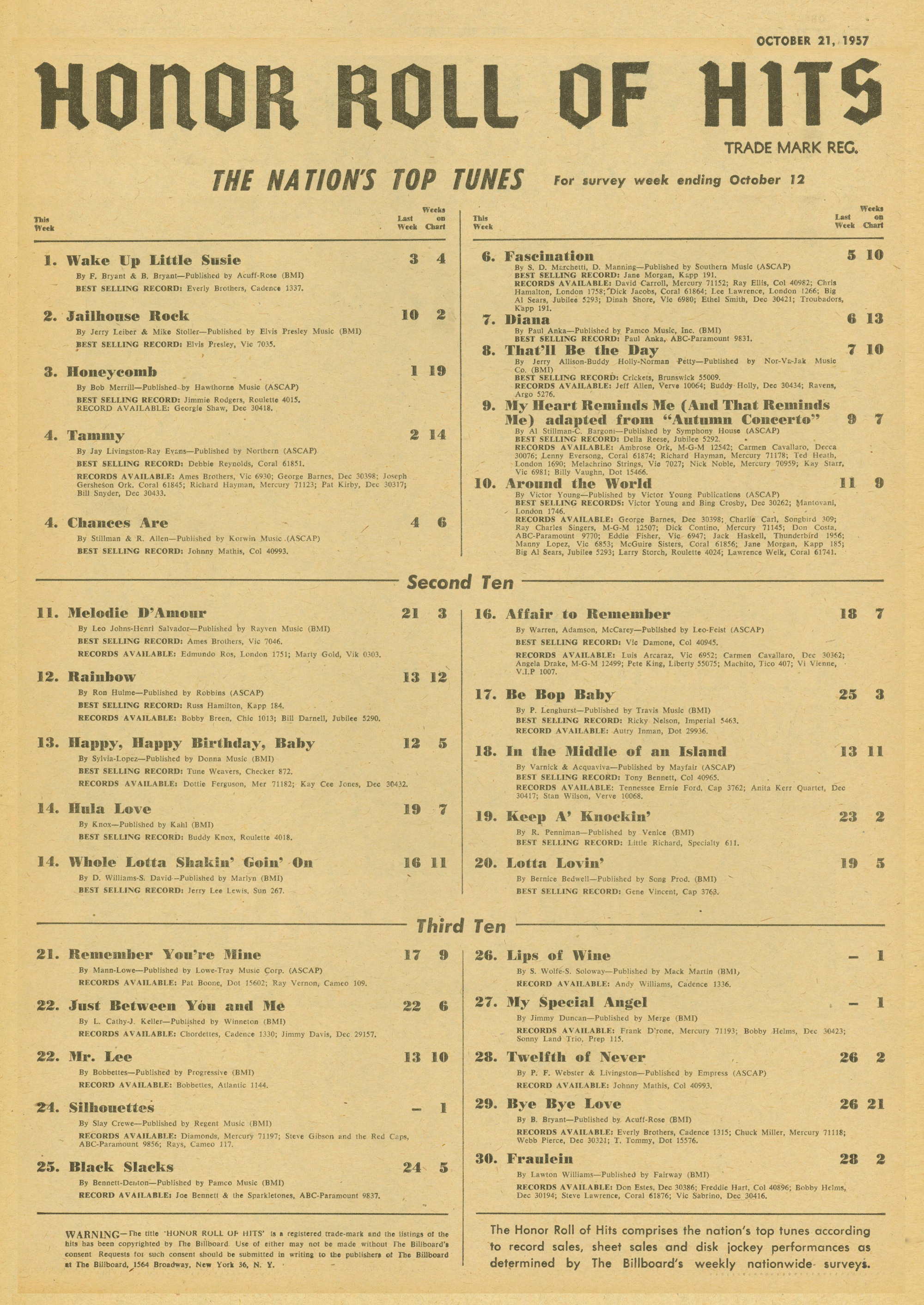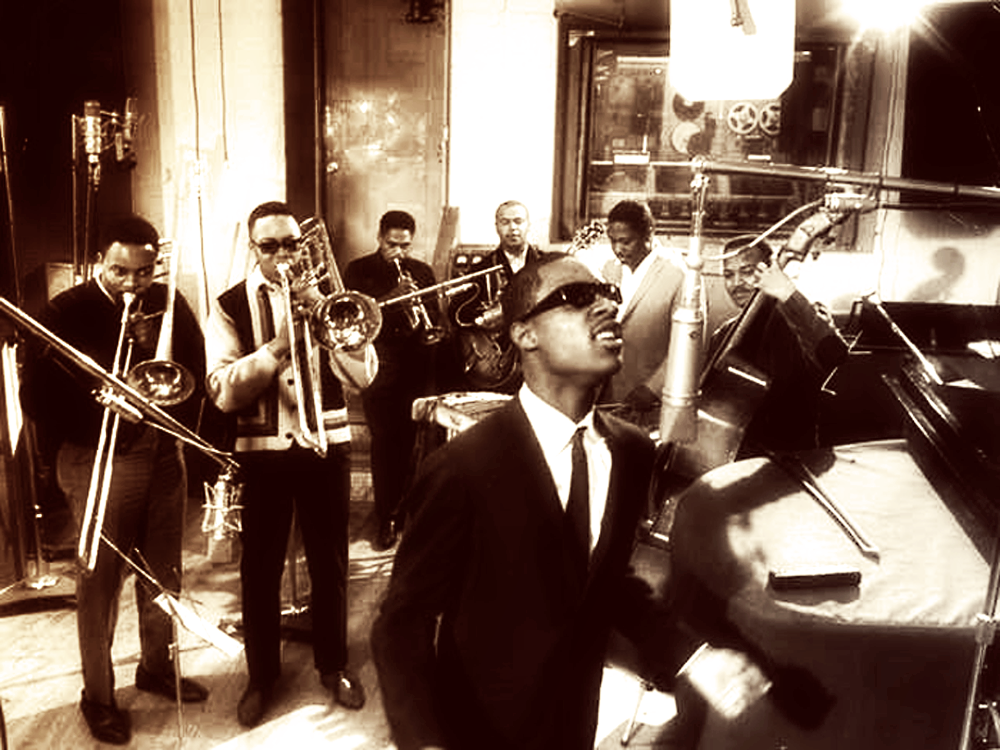
THE FUNK BROTHERS
—BERRY GORDY’S LEGENDARY HOUSE BAND —
_______________
The Funk Brothers were a group of Detroit-based session musicians who performed the backing to most Motown recordings from 1959 until the company moved to Los Angeles in 1972.
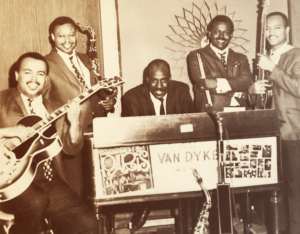
Its members are considered among the most successful groups of studio musicians in music history. Among their hits are “My Girl“, “I Heard It Through the Grapevine“, “Baby Love“, “I Was Made to Love Her“, “Papa Was a Rollin’ Stone“, “The Tears Of A Clown“, “Ain’t No Mountain High Enough“, and “Heat Wave“. Some combination of the members played on each of Motown’s 100-plus U.S. R&B number one singles and 50-plus U.S. Pop number ones released from 1961 and 1972.
There is no undisputed list of the members of the group. Some writers have claimed that virtually every musician who ever played on a Motown track was a “Funk Brother”. There are 13 Funk Brothers identified in Paul Justman’s 2002 documentary film Standing in the Shadows of Motown, based on Allan Slutsky’s book of the same name. These 13 members were identified by both NARAS for the Grammy Lifetime Achievement Award and were recognized with a star on the Hollywood Walk of Fame.
In 2007, the Funk Brothers were inducted into the Musicians Hall of Fame and Museum.
Early members included bandleader Joe Hunter and Earl Van Dyke (piano and organ); Clarence Isabell (double bass); James Jamerson (bass guitar and double bass); Benny “Papa Zita” Benjamin and Richard “Pistol” Allen (drums); Mike Terry (baritone saxophone); Paul Riser (trombone); Robert White, Eddie Willis, and Joe Messina (guitar); Jack Ashford (tambourine, percussion, vibraphone, marimba); Jack Brokensha (vibraphone, marimba); and Eddie “Bongo” Brown (percussion). Hunter left in 1964, replaced on keyboards by Johnny Griffith and as bandleader by Van Dyke. Uriel Jones joined the band as a third drummer. Late-era bassist Bob Babbitt and guitarist Dennis Coffey both joined the ensemble in 1967.
While most of Motown’s backing musicians were African American, and many originally from Detroit, the Funk Brothers included white players as well, such as Messina (who was the featured guitarist on Soupy Sales’s nighttime jazz TV show in the 1950s), Brokensha (originally from Australia), Coffey, and Pittsburgh-born Babbitt.
Historically, the Funk Brothers often moonlighted for other labels, recording in Detroit and elsewhere, in bids to augment their Motown salaries. It became a worst-kept secret that Jackie Wilson’s 1967 hit “(Your Love Keeps Lifting Me) Higher and Higher” did not have a Motown influence quite by accident—the Funk Brothers migrated to do the Wilson session, in an interesting reference to Motown’s early history: Berry Gordy, Jr got his first music break by getting Wilson to record some of his songs (most famously “Reet Petite“) in the 1950s.
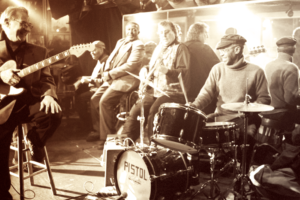
Various Funk Brothers also appeared on such non-Motown hits as The San Remo Golden Strings “Hungry For Love“, “Cool Jerk” (the Capitols), “Agent Double-O Soul” (Edwin Starr, before that singer joined Motown itself), “(I Just Wanna) Testify” by the Parliaments, “Band Of Gold” (Freda Payne), “Give Me Just a Little More Time” (The Chairmen of the Board), and blues giant John Lee Hooker’s “Boom Boom“. After he found out about the Edwin Starr session, Gordy fined members of the Funk Brothers band for moonlighting for another label; Eddie Wingate, owner of the Ric-Tic and Golden World labels, which released Starr’s “Agent Double-O Soul“, subsequently attended that year’s Motown staff Christmas party and personally gave each of the fined session players double the amount of the fine in cash, on the spot. Gordy eventually bought out Wingate’s label and his entire artist roster (in 1966).
Motown historians have noted that the Funk Brothers—some of whom had begun their careers as jazzmen and missed that kind of informality—itched to be able to record on their own, but Gordy limited them formally to cutting sides under the name Earl Van Dyke and the Soul Brothers—and mostly limited them to recording new versions (with the familiar arrangements, however) of the Motown repertoire, with Van Dyke, the featured musician, playing electric organ. Some of the Funk Brothers’ recordings in that vein—”Soul Stomp,” “Six by Six“—became favorites among Northern soul and “beach music” fans.
The Funk Brothers were dismissed in 1972, when Berry Gordy moved the entire Motown label to Los Angeles—a development some of the musicians discovered only from a notice on the studio door.
A few members, including Jamerson, followed to the West Coast, but found the environment uncomfortable. For many of the L.A. recordings, members of The Wrecking Crew—the prominent group of session musicians that included drummer Earl Palmer, bassist Carol Kaye, guitarist Tommy Tedesco, and keyboardist Larry Knechtel—joined the team at Motown.
In February 2004, surviving members of the Funk Brothers were presented the Grammy Legend Award at the 46th Annual Grammy Awards at the Staples Center in L.A.
_______________
Source: The Funk Brothers; Wikipedia
UPTIGHT (EVERYTHING’S ALRIGHT) * THE FUNK BROTHERS
![]()




